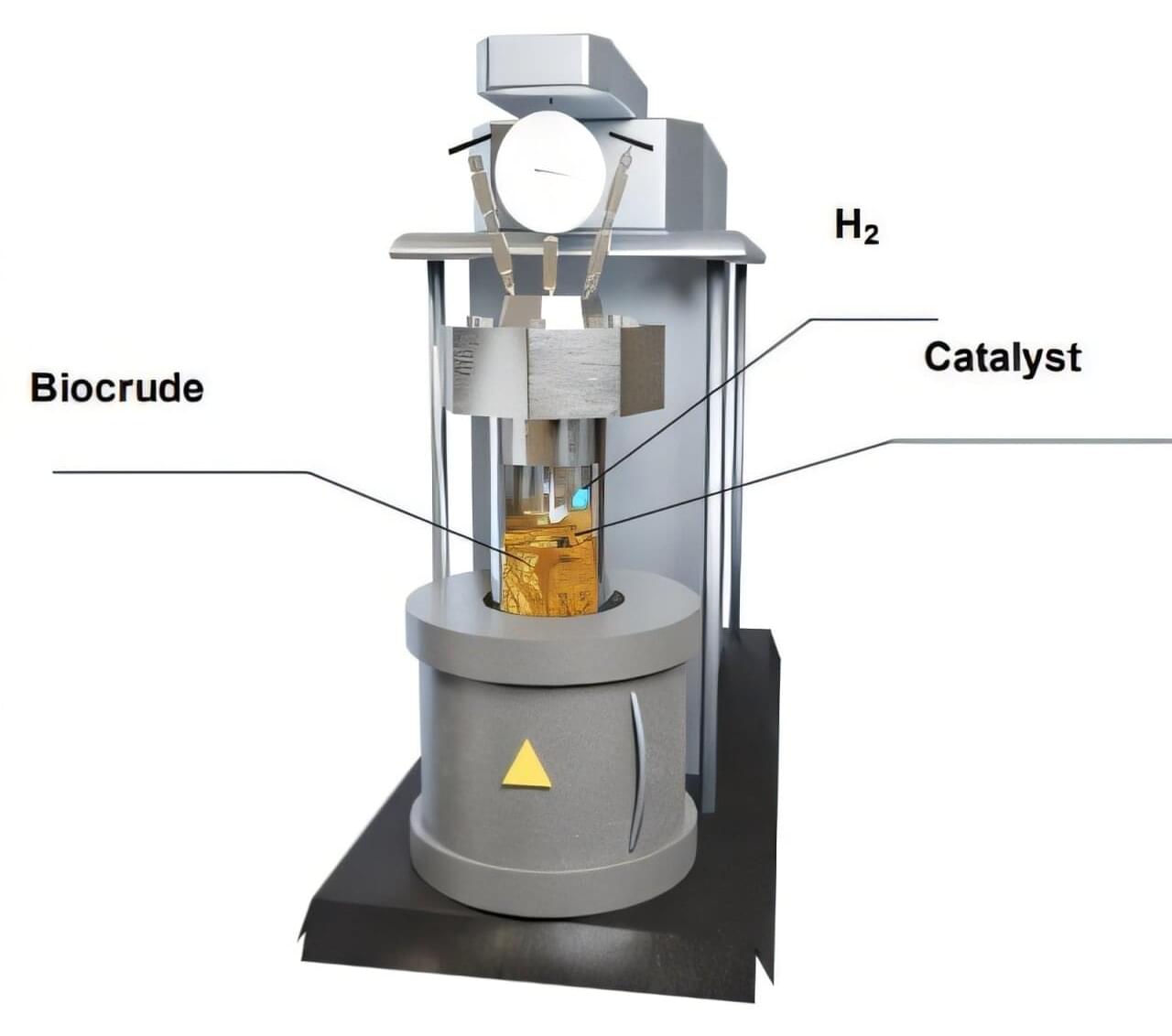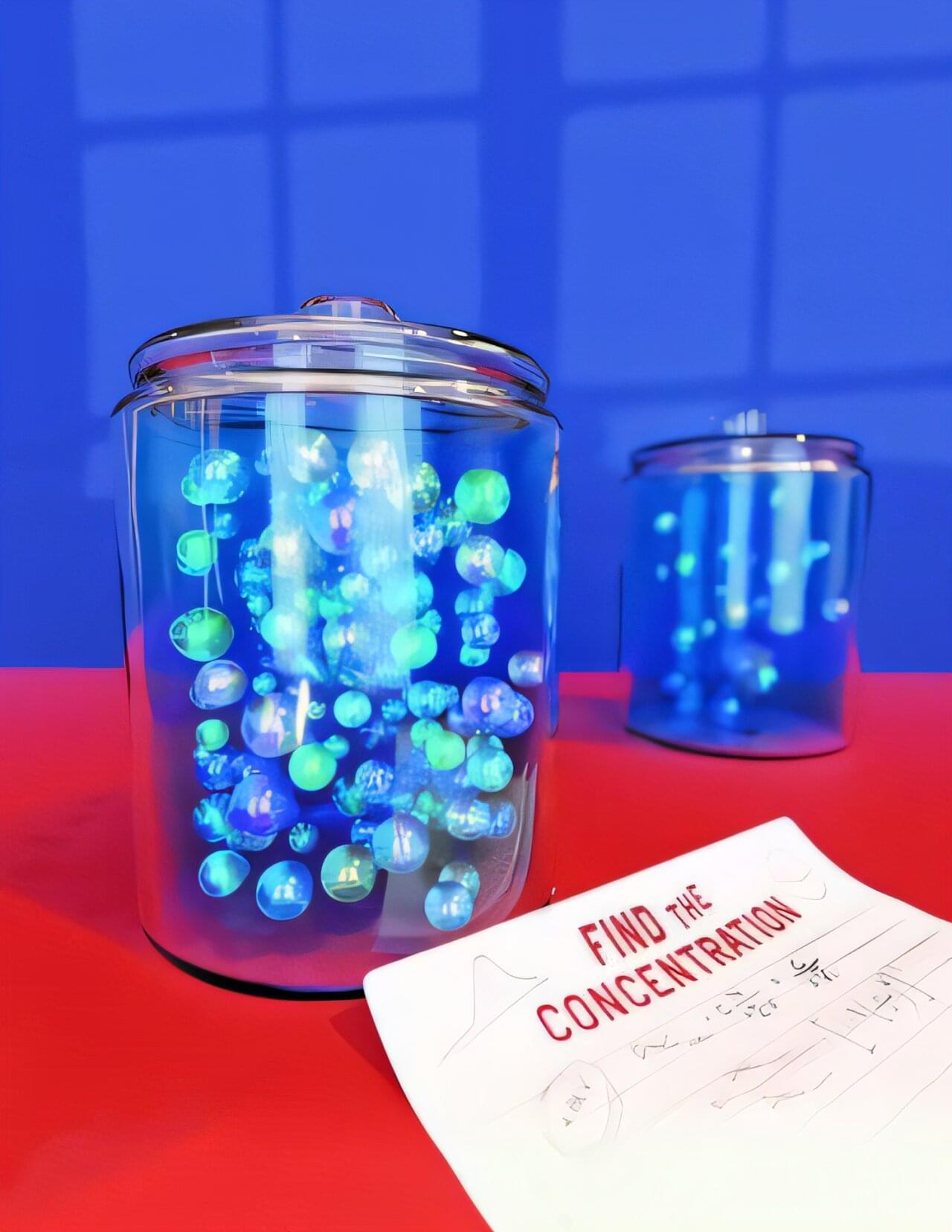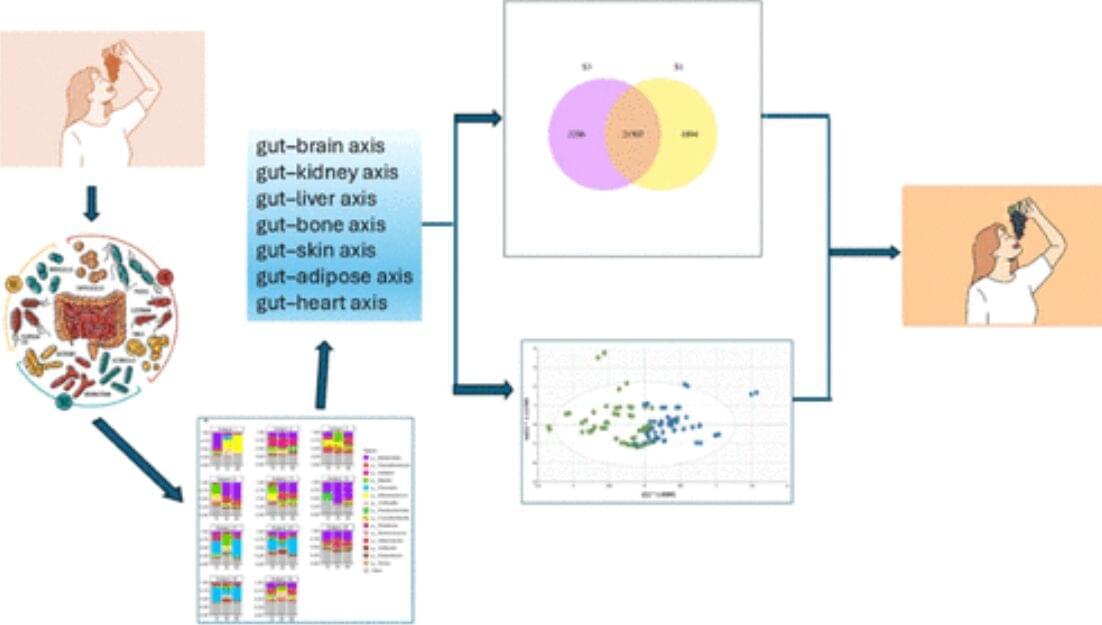MIT’s 1972 global collapse warning revisited: Humanity enters make-or-break decade.
Nearly five decades later, sustainability analyst Gaya Herrington revisited World3 with fresh data. Her study, published in the Journal of Industrial Ecology in November 2020 and later shared by KPMG (where she then worked), compared several of the model’s scenarios with decades of empirical trends across variables such as population, fertility and mortality, industrial output, food production, services, non-renewable resources, persistent pollution, human welfare, and ecological footprint.
The aim was straightforward. After half a century, which of World3’s possible futures does the real world most resemble? Herrington found that the dynamics described in 1972 still fit the data “strikingly” well. In scenarios that keep growth as the primary goal, what the original authors called the “standard run” and what we’d now call “business as usual,” the model points to declines in industrial capital, agricultural output, and welfare within this century.







